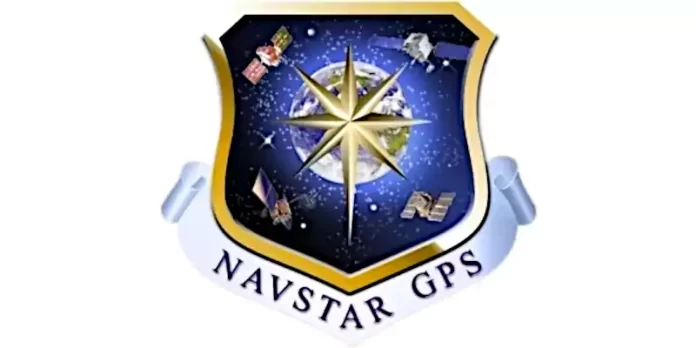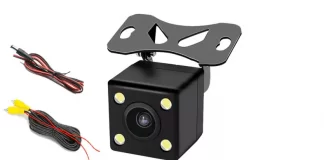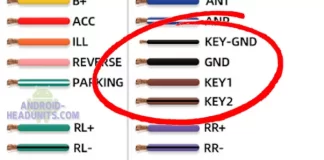You don’t have your phone with you;- maybe it’s in for a broken screen repair- and you need to use the Sat-Nav somewhere important. Will the GPS work offline?
GPS
GPS is the Global Positioning System. This system of pinpointing your location on the globe right down to which side of the street you are on is provided by satellites. These special satellites orbit Earth about 20 km above, sending signals back to the planet. The GPS receiver, a phone, an Android headunit, or a handheld GPS device can interpret these signals. When enough satellite signals are received and decoded simultaneously, a global position can be calculated.
No Data
The GPS does not need an internet connection or 3G/4G/5G or mobile phone masts to work. The GPS (US) and its spin-off systems employed by other countries, like GLONASS (RU), BeiDou (CN), Galileo (EU), NavIC (IN), and even QZSS, do not need mobile data to determine one’s position.
Offline Maps
GPS is much improved by adding a map and route planning to give you a GPS-powered Sat-Nav. With your location provided by GPS, a map to plot your location, and an algorithm to plan a route, we have the familiar system of satellite navigation we know so well. Google Maps is a well-known Sat-Nav mapping and routing system that uses this same system. Maps are loaded into the device when there is an internet connection, but other systems can use maps stored on an SD card attached to the device—either way, the GPS can map and route offline.
Add Data
Adding a data connection to the GPS Sat-Nav brings many benefits to the system. While the GPS can function offline, the experience is massively improved with a mobile data connection.
- Up-to-date maps and an internet connection can allow for more up-to-date maps than those supplied yearly on an SD card.
- Quicker location pinpointing. A problem with offline GPS is the time it takes to calculate your initial position after a ‘cold boot.’ The receiver needs to ‘see’ many satellites and get enough data to work out reliably where you are in the world. Adding a data connection by being online can offload some of this initial calculation and data collection; it can even get a rough fix by identifying which mobile phone mast you are near. Several tricks are employed to assist the GPS lock on your position with an internet-connected Sat-Nav that speeds up location pinpointing massively.
- Real-time route planning. Internet traffic information can be fed into the mapping and routing algorithm, which can route you around a real-time road closure or traffic buildup. Google Maps and Waze utilize information from other traveler apps that report their progress (or lack of progress) to build up a picture of the congestion on routes. Other GPS sat-nav systems connect to their internet servers to download real-time traffic information to plan and reroute around problems.
Overall
Offline GPS and Sat-Nav work very well. In some locations, this is the only option.
Adding data to GPS Sat-Nav to make it ‘online’ significantly improves its usefulness and speed at getting a precise location.
Tips
If you don’t have your phone, see if you can download the map area from your home Wi-Fi. Google Maps has an option to download a map of the area of your choosing at home. This is when there is no data; the map can be read from the download. Being online will also help the head unit fix your location quickly if the GPS aerial has a clear sky view and access to broadband Wi-Fi, particularly with a cold boot.







